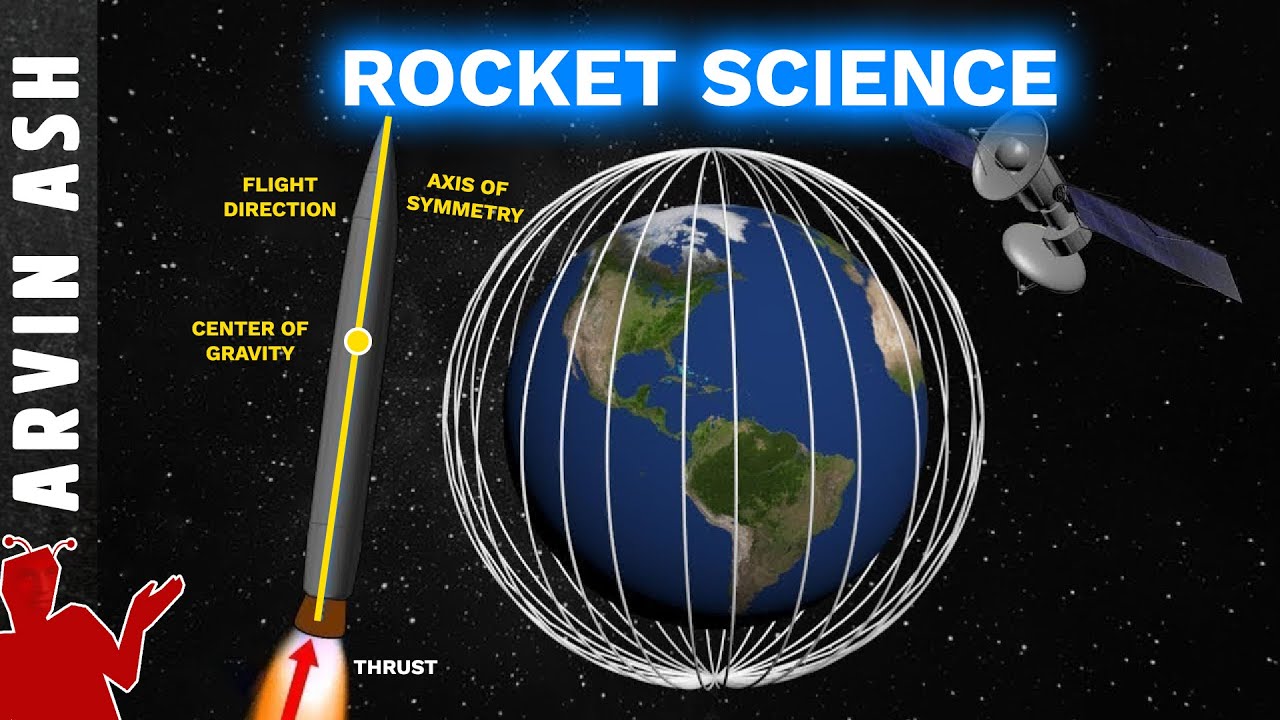How GPS Works, And How It Got Better Than The Designers Ever Imagined
Summary
TLDRThis video dives into the evolution of GPS technology, exploring advancements that enhance accuracy, including the introduction of local augmentation systems and modernized satellite signals. It highlights improvements like the addition of L1C, L2C, and L5 civilian signals, as well as better resistance to interference in military signals. The video also discusses the shift away from older Coast Guard terrestrial networks, the introduction of global navigation systems like GLONASS, Galileo, and Beidou, and how modern systems are seamlessly integrated into aviation for precise, consistent navigation across borders.
Takeaways
- 😀 GPS accuracy decreases with distance from the ground station due to ionospheric variations.
- 😀 Local augmentation systems allow for sub-meter precision by transmitting updates from specific airports to aircraft.
- 😀 These systems provide accurate approach vectors for multiple runways without needing separate ILS antennas.
- 😀 The Coast Guard's terrestrial navigation network was shut down in 2020, as satellite-based systems gained prominence.
- 😀 GPS satellites have been modernized, with the introduction of new civilian signals like L1C, L2C, and L5 in recent years.
- 😀 The L1C and L2C civilian signals improve ionospheric measurements and reduce interference, enhancing accuracy.
- 😀 The L5 frequency, designed specifically for aviation, offers higher power and better resolution for less interference.
- 😀 GPS signals have been designed to avoid interference by carefully manipulating their spectral power distribution.
- 😀 Military GPS signals are engineered to be resistant to jamming by shifting energy towards the lobes of the frequency spectrum.
- 😀 Global navigation satellite systems (GNSS) like GLONASS, Galileo, and BeiDou share similar designs but with some variations in frequency use.
- 😀 GLONASS uses paired satellites on opposite sides of Earth, utilizing the same frequency to avoid interference.
- 😀 Switching between different GNSS systems (like GPS, GLONASS, Galileo) is easy for aviation due to software-based differences.
Q & A
What is the main purpose of Local Augmentation Systems in aviation GPS?
-Local Augmentation Systems are used to improve GPS accuracy to sub-meter precision by transmitting updates from a local receiver at an airport. This system allows precise navigation and approach vectors for aircraft without the need for traditional instrument landing system antennas at each runway.
Why was the Coast Guard's terrestrial network shut down in 2020?
-The Coast Guard's terrestrial network was no longer needed due to the success of local augmentation systems, which provided reliable GPS updates for marine shipping and aviation, making the terrestrial system redundant.
How did GPS satellites begin to improve in 2005?
-In 2005, the first modernized GPS satellite (Block 2R-M) was launched. It introduced new civilian signals like L1C, L2C, and L5, which improved ionospheric measurements, provided better resistance to interference, and offered more robust performance for aviation navigation.
What are the key features of the new GPS civilian signals L1C, L2C, and L5?
-The new GPS civilian signals, L1C, L2C, and L5, offer better ionospheric measurement, higher accuracy, and more resistance to interference. L5 is particularly designed for aviation, transmitting at higher power and offering more resolution in the signal.
How does the new L1C signal differ from the old civilian GPS signal?
-The new L1C signal uses different codes and sequences, which are designed to avoid interference. It complements the older signal by filling gaps in the frequency spectrum, using a clever mathematical design to improve signal clarity and reduce the risk of signal interference.
What is the advantage of spreading military GPS signals over a wider frequency range?
-Spreading military GPS signals over a wider frequency range helps make the signal more resistant to jamming. Even if the middle part of the frequency is blocked, the signal can still be received from the sides, ensuring continued functionality of the military GPS system.
What other global navigation satellite systems (GNSS) are mentioned in the transcript besides GPS?
-The transcript mentions three other major GNSS: GLONASS (Russia), Galileo (European Union), and BeiDou (China). These systems are similar in design but have their own frequency bands and protocols.
How does the GLONASS system avoid interference between satellites?
-GLONASS avoids interference by assigning the same frequency to pairs of satellites located on opposite sides of the Earth. This ensures that these satellites do not interfere with each other, even though they share the same frequency.
How does the interoperability of different GNSS systems benefit aviation?
-The interoperability of GNSS systems allows seamless switching between different systems, ensuring consistent navigation for aircraft as they move between countries. This flexibility is crucial for providing accurate and reliable navigation across different airspaces.
What is the significance of GPS modernization in the context of global navigation systems?
-GPS modernization has significantly improved the precision, accuracy, and reliability of global navigation systems. It introduced new civilian and military signals, upgraded satellite technology, and enhanced interference resistance, contributing to better navigation for aviation, maritime, and other industries.
Outlines

This section is available to paid users only. Please upgrade to access this part.
Upgrade NowMindmap

This section is available to paid users only. Please upgrade to access this part.
Upgrade NowKeywords

This section is available to paid users only. Please upgrade to access this part.
Upgrade NowHighlights

This section is available to paid users only. Please upgrade to access this part.
Upgrade NowTranscripts

This section is available to paid users only. Please upgrade to access this part.
Upgrade NowBrowse More Related Video

ATPL Radio Navigation - Class 13: Satellite Augmentation.

[Pick 사이언스] '초정밀' 위치정보를 확보하라!..한국 ‘독자개발’! 미국 GPS보다 정확한 ‘한국형 위성항법시스템’의 정체?

Cómo Funciona el GPS 🛰️Qué es el GPS

ATPL Radio Navigation - Class 12: Satellite Navigation.

Pengenalan Global Positioning System (GPS) / Sistem Pemosisi Global | #gps #perpetaan #sig

ROCKET SCIENCE explained in 15 minutes! And How do satellites work?
5.0 / 5 (0 votes)